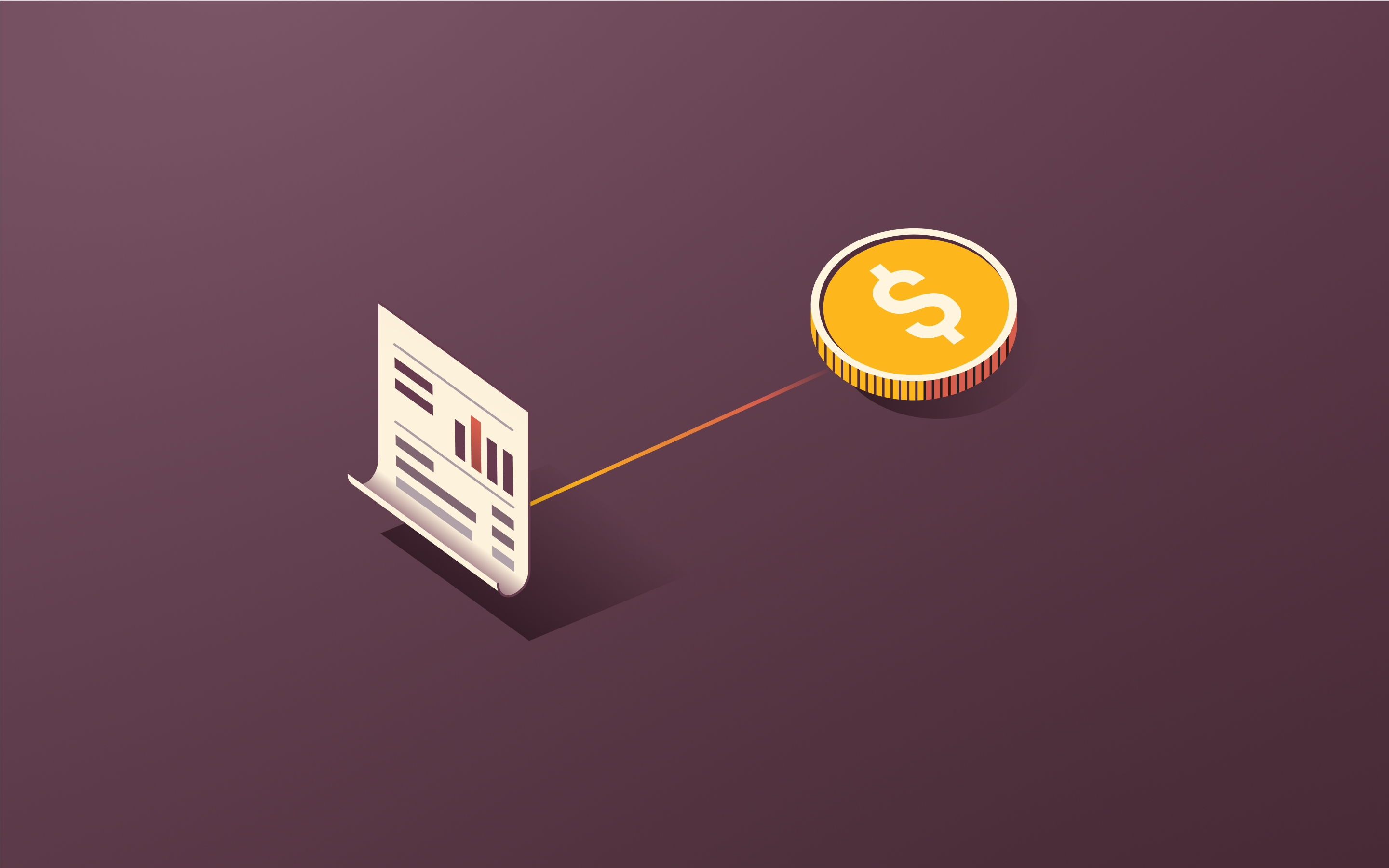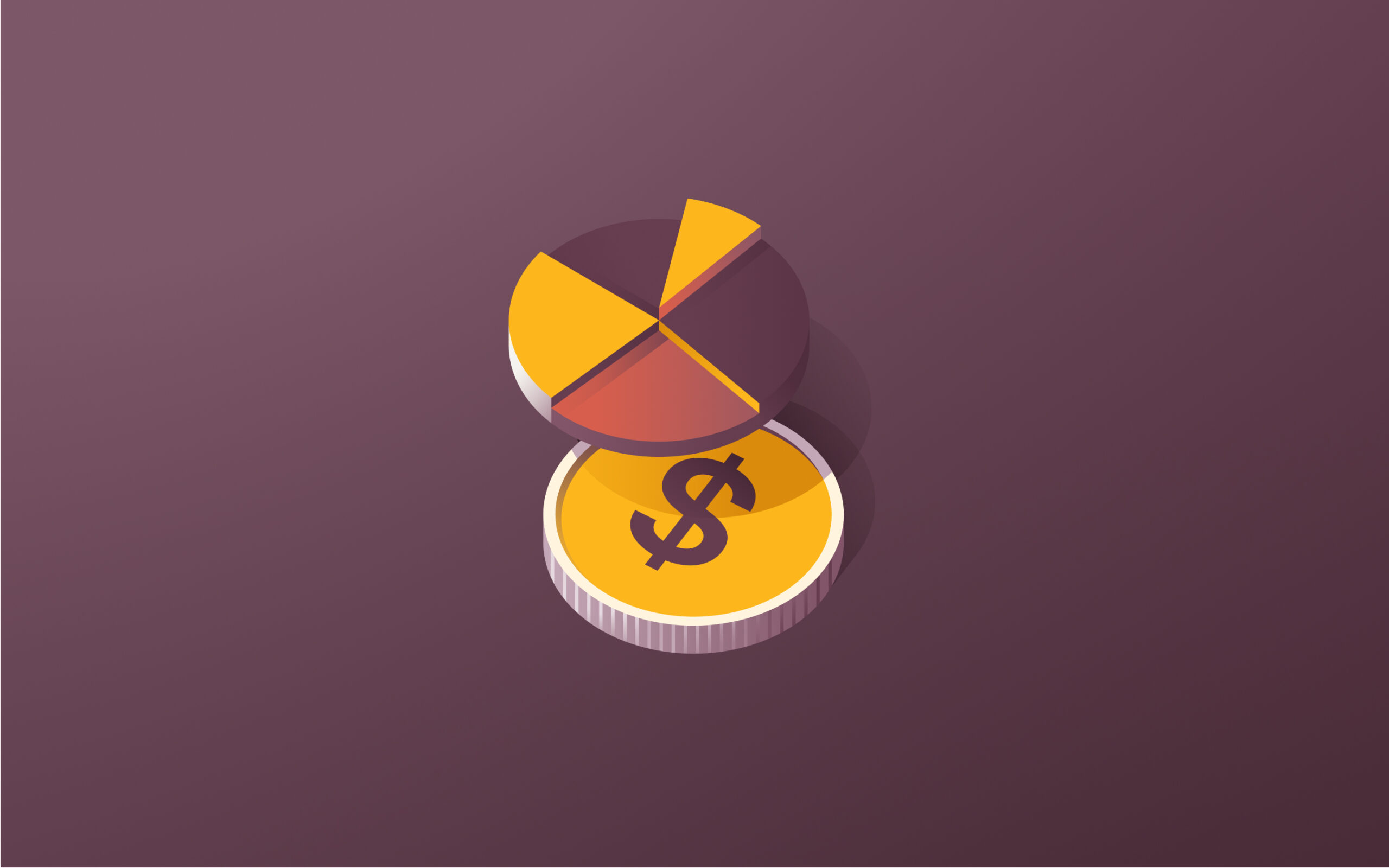Fixed and variable expenses: Differences, examples, and how to budget

Understanding fixed and variable expenses is fundamental for effective business budgeting and financial management. Finance managers and executives must be able to distinguish between fixed and variable costs to forecast accurately, control costs, and improve profitability. This guide will explain the characteristics of fixed and variable expenses, provide examples of each, and offer practical budgeting strategies to help businesses stay on track. Additionally, we’ll cover how Rippling’s expense management software can streamline this process and help finance leaders save on both fixed expenses and variable expenses.
What is a variable expense?
Variable expenses, also known as variable costs, fluctuate based on the level of business activity. Variable costs typically rise and fall in direct proportion to production volume or sales levels. Since they are not fixed, managing variable expenses requires careful tracking and adjustment based on operational needs. For example, as sales increase, so do variable expenses like raw materials and transaction fees. Below are examples of variable costs:
Examples of variable costs
- Raw materials and supplies: Costs for materials that fluctuate depending on production demands
- Sales commissions: Payments tied to the volume of sales, impacting overall costs as sales rise or fall
- Income and sales taxes: Taxes paid on income and sales that increase or decrease with sales.
- Utility bills: Costs like electricity that can increase with heightened production
- Labor: Employee hours that vary depending on production levels, such as seasonal or part-time staff
- Shipping: Freight and logistics expenses that grow with higher shipment volumes
- Equipment and machine repairs: Maintenance that varies based on usage, especially for manufacturing equipment
- Transaction fees: Charges from payment processors that increase with more customer transactions
What is a fixed expense?
Unlike variable expenses, fixed expenses remain consistent regardless of business activity. Also known as fixed costs, these expenses are typically essential for keeping the business operational and are paid at regular intervals. Managing fixed costs requires regular budget review to ensure they align with current business needs. Below are examples of fixed costs:
Examples of fixed costs
- Rent payments: Monthly or yearly payments to lease office or factory space, generally unchanged month-to-month
- Property tax: Consistent taxes paid on an annual or quarterly interval for any owned property
- Salaries: Consistent employee wages
- Insurance: Regular premiums for liability, property, or health insurance that are fixed per policy term
- Depreciation: A set accounting expense for assets like machinery that lose value over time
- Licenses and permits: Government or industry fees required to operate, paid at specific intervals
- Office equipment: Costs for items like desks, computers, and furniture that are one-time purchases or fixed leasing payments
- Software subscriptions: Monthly or annual payments for essential software, which do not vary with use
- Loan payments: Interest and principal repayment on loans, paid on a fixed schedule
Fixed vs. variable expenses: 3 Key differences
Understanding the key distinctions between fixed vs variable costs is essential for effective budgeting. Below are a few key differences:
1. Consistency over time
Fixed expenses remain stable and predictable, while variable expenses fluctuate according to business volume. This makes fixed costs easier to forecast, whereas variable costs require continuous tracking.
2. Impact on profit margins
Variable expenses directly impact the profit margin since they scale with production or sales. Fixed costs, on the other hand, spread out over larger volumes, potentially reducing per-unit profits.
3. Flexibility in cost control
Variable expenses are more flexible and can be reduced by scaling down production or negotiating with suppliers. Fixed expenses are less flexible, though some can be minimized over time through strategies like refinancing loans, negotiating rent, or conserving utility use.
What is a mixed expense?
A mixed expense, or semi-variable cost, has elements of both fixed and variable expenses. These costs have a baseline amount but may increase as business activity grows. For example, a phone bill might have a fixed monthly rate plus additional charges based on usage.
3 Examples of mixed expenses
- Vehicle expenses: Fixed lease payments with variable fuel and maintenance costs
- Internet bills: Flat fees with additional charges for extra data or bandwidth
- Salaries with commission or overtime: Base salaries with added variable pay based on performance or hours worked
How to budget for fixed and variable expenses
Budgeting for both fixed and variable expenses is crucial for financial stability. Here are some strategies for effective budgeting.
1. Prioritize budgeting for fixed expenses
Fixed expenses, such as rent, utility bills, insurance, and salaries are essential and should be prioritized in your budget. Ensuring fixed costs are accounted for builds a strong financial foundation and prevents disruptions in operations.
2. Track variable expenses
Consistent tracking of variable expenses can help you avoid unexpected costs. Using budgeting tools (like Rippling’s Expense Management) provides real-time visibility into monthly costs, making it easy to monitor variable costs and adjust as needed.
3. Set expense limits
Setting defined limits on discretionary expenses, such as marketing and travel, allows you to maintain control over your variable costs. This practice is essential to prevent overspending and keep your budget aligned with business goals.
How to save on variable expenses
Managing your variable expenses is crucial for enhancing your overall profitability. Below are some proven strategies to help minimize variable costs.
1. Outsource HR and IT tasks
Outsourcing non-core functions like HR and IT can reduce variable costs by eliminating the need for temporary hires or specialized equipment. This approach allows your team to focus on core operations while reducing variable costs.
2. Streamline packaging and shipping
Streamlining packaging by reducing the amount of material used and negotiating better shipping rates can lower variable costs. These adjustments make for a more cost-effective logistics operation without sacrificing on-time deliveries.
3. Negotiate with suppliers
Negotiating with suppliers can provide long-term savings on variable expenses. Building positive supplier relationships often leads to better pricing, flexible terms, and added value, ultimately enhancing your bottom line.
How to save on fixed expenses
Fixed expenses can often feel like an immovable part of the budget, but with a proactive approach, there are ways to save without sacrificing quality or efficiency.
1. Refinance loans
One of the most powerful tools for reducing fixed expenses is loan refinancing. If your business is currently burdened by high-interest loan payments, explore refinancing options to reduce monthly payments and overall interest costs.
2. Consider remote work options
The shift toward remote work has transformed the way companies operate and provides an opportunity to cut down on fixed expenses. By implementing remote work policies, businesses can reduce their reliance on large office spaces, leading to significant savings in fixed costs like rent and variable costs like utilities and maintenance.
3. Consolidate software subscriptions
If your business is juggling multiple software subscriptions, consider investing in a unified platform that combines various functionalities under one roof. This can include tools for expense management, payroll, benefits administration, and more. This approach simplifies budgeting and reduces fixed costs.
Track expenses with Rippling
Rippling Expense Management simplifies tracking and managing both fixed and variable expenses. By consolidating spending data, Rippling helps businesses monitor their budgets in real time, set spending controls, and identify cost-saving opportunities. It's an all-in-one solution that enables finance managers to optimize their expense strategy, making it an invaluable tool for budget-conscious companies.
FAQs on fixed and variable expenses
Is marginal cost the same as variable cost?
No, marginal cost refers to the cost of producing one additional unit of a product, while variable cost includes all expenses that vary with production levels.
What tools are useful for tracking fixed and variable expenses effectively?
Expense management tools like Rippling are highly effective for tracking and managing both fixed costs and variable costs.
How does seasonality affect fixed and variable expenses?
Seasonality can increase variable expenses due to higher production needs, while fixed expenses typically remain the same all year long.
How does understanding variable expenses improve pricing strategy?
Knowing variable costs helps businesses set prices that cover all expenses and maintain profitability, especially when production levels and sales volumes fluctuate.
Automate expenses with complete control
This blog is based on information available to Rippling as of November 11, 2024.
Disclaimer: Rippling and its affiliates do not provide tax, accounting, or legal advice. This material has been prepared for informational purposes only, and is not intended to provide or be relied on for tax, accounting, or legal advice. You should consult your own tax, accounting, and legal advisors before engaging in any related activities or transactions.






